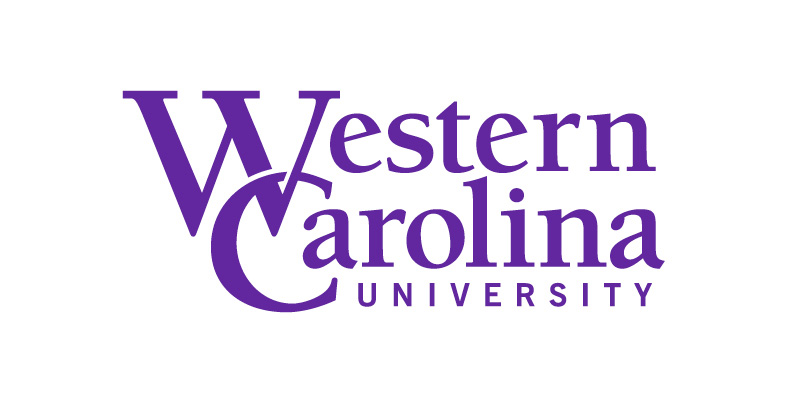In the Division of IT, we have a new face and some familiar faces in new roles. Through a repurposing of positions to better meet the needs of the university, Neil Calvert and Sarah Speed have new roles and are joined by our new employee Marjorie Eyre. Together they are teaming up to enhance the business analysis capacity and capability of the Division.
Moving to the Department of Academic Engagement and IT Governance, Neil now serves the team as a Project Intake Analyst. IT project requests go to Neil who conducts discovery work to see what the project will entail, what it will cost, what the work of IT will be, and whether or not business analysis is needed. Neil’s technology skills enhance his ability to determine what might be needed from an infrastructure and support capacity. Neil sees his role in the department as a liaison to the campus. He adds, “We are often the first faces faculty and staff see. I see my role as ambassadorial and facilitative. Sometimes our clients may not know what they need and I help them clarify that need and translate it into technology requirements. I like being able to help people do what it is they want to do. I enjoy helping them add something new or change the way something’s being done.” Neil cites a project he recently evaluated, Moving the Program Review Process to SharePoint, as an example of taking an already existing process and automating it. He adds, “I like leaving a system better than I found it.”
Sarah Speed has transitioned to the role of full time business analyst. She remains in the Department of IT Applications and Systems where much project work occurs. Sarah has conducted business analysis on several projects already at WCU. Of this work she says, “In general, I enjoy the projects where there will be a bigger result in the end. An example is the OnBase Document Imaging Scalability project. This was a neglected system now being transitioned to IT.” Sarah is helping to examine how document imaging can increase business value, for example, by decreasing transcript processing time so transfer credit decisions can be offered to potential students long before they have committed to WCU. She adds, “I love that the Registrar’s Office and Human Resources will really benefit from this capability and are excited about where we are going.” Sarah also performed analysis to design the IT Governance SharePoint Site. In addition, she worked on the Emergency Opt Out project analysis in which a technology gap was identified. Sarah sees herself as more of a technical analyst who is capable of defining technical requirements.
Joining the team is Marjorie Eyre. Marjorie comes to us from Washington, DC, where she had many years of business analysis experience with the federal government, working with such agencies as the Foreign Service Institute in the State Department, where she held a Top Secret clearance; and the Department of Homeland Security, IRS, and the Pentagon. One example of her work involved the Pentagon Force Protection Agency and IRS Network Management Center; both had no automated change management process for network changes – everything was manual. She designed and developed a new automated system for the IRS and adopted use of CA Unicenter for the Pentagon. She also designed a strawman overarching emergency management plan for the Capitol after 9/11.
What exactly is business analysis and what can it mean to the campus? Sarah and Marjorie define it as looking at a process that is utilized within an organization for a specific purpose. It involves looking at the big picture, then drilling down to the smaller details. Every process involves problem solving to make the process as smooth as possible. One current example is the Grades First Implementation project which involves defining the process – who will do what, when, and how.
Both our analysts agree that such analysis involves lots of listening to business needs, finding gaps in processes, identifying pain points, and achieving the goals of the organization. Marjorie says, “It’s like solving a puzzle – like being a detective. Sometimes people have no idea that during an interview they may say something very vital. It’s important to listen and question. The more data you get, the better picture you can paint.” They agree that part of the work is communicating the process once developed, and communicating it clearly so that everyone understands. Clarifying confusion is critical.
Neil, Sarah, and Marjorie are an important part of our IT Division as we attempt to help implement 2020 Goal 5.3: Improve the effectiveness and efficiency of campus business processes to ensure continuous improvement and realize financial savings, as well as Goal 5.4: Sustain and increase information technology capabilities and capacity required to meet the goals of the university. For questions about this work, please contact Dr. Anna McFadden at amcfadden@email.wcu.edu.

